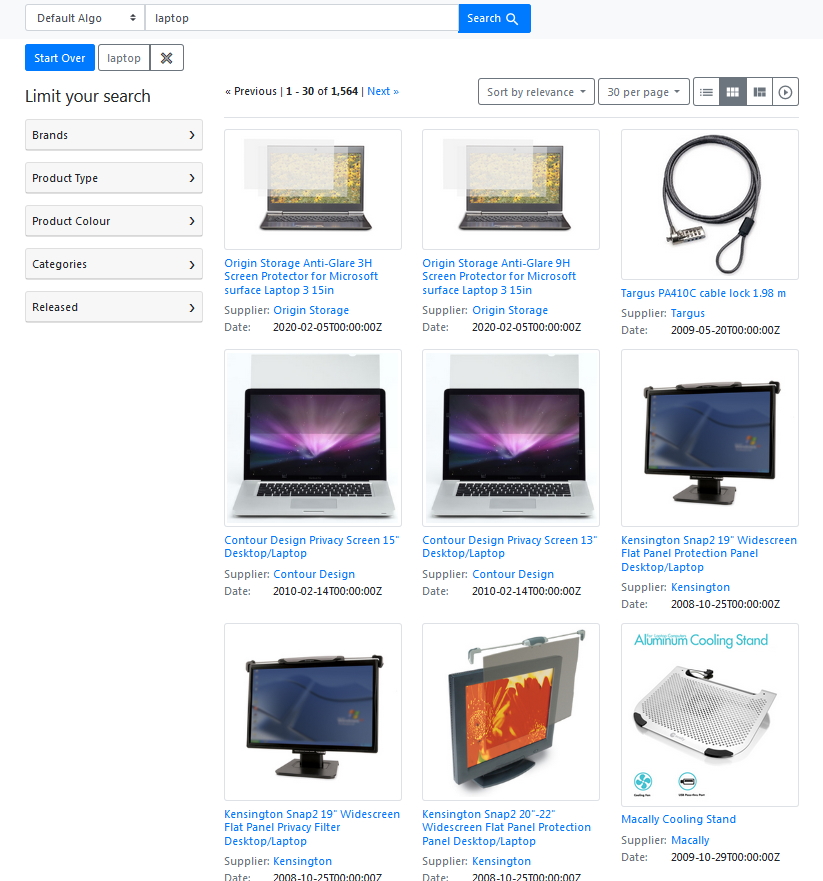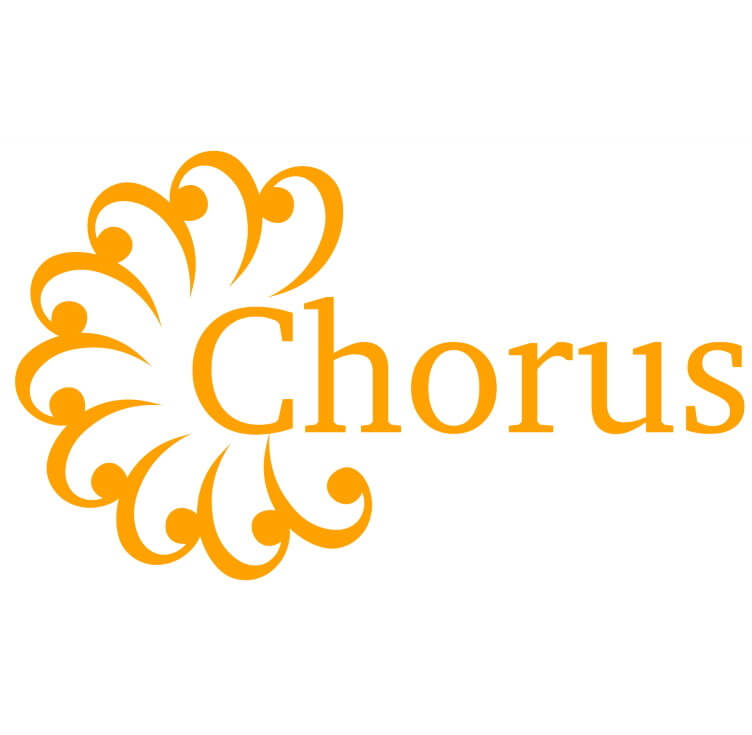Pete has just been hired as Product Manager for Search at electronics retailer Chorus Electronics. His boss, a Vice President, has asked him to build a ‘best-in-class’ e-commerce search engine, to ‘increase customer satisfaction and drive improved revenue’.
The accessories problem
Pete’s run into a very common problem in e-commerce search: when his users search for ‘laptop’ on the Chorus Electronics website the first page of results is laptop accessories such as cases and anti-glare screen protectors:

No actual laptop computers are shown until the second or third page of results. The text that describes these items does of course use the word ‘laptop’ multiple times, so to a search engine these items are a very good match for the query. However, we can assume that most of the time, a user typing ‘laptop’ isn’t looking for accessories. Searches for ‘notebook’ also show the same problem.
So what can Pete do to fix this? A common technique for improving search results is boosting. Our query ‘laptop’ is matching our products in several different fields – including one that holds the product type. Each match generates a score and contributed to the overall relevance score of the product. By creating a business rule to boost the score of any matches in the product type field, we can make sure that products that are actually laptops, not laptop accessories, appear higher in the result list.
Boosting can be a useful technique but should be used with care – otherwise the boosted scores can swamp other scores and possibly cause problems with other queries. We’ll consider to how to check for these side effects of business rules in a future post.
But what about our query for ‘notebook’? Since ‘notebook’ is a synonym for ‘laptop’, we can introduce a further business rule to make each query give the same results.
Luckily with the Chorus framework we have an easy way to manage boosting and other business rules, using the Querqy query preprocessing plugin and SMUI (Search Management User Interface) which makes Querqy easy to use from a web browser. This is our first step in searchandizing, or using our search engine to promote particular products as good matches for our users’ needs. It’s analogous to how supermarkets try to increase the sales of a particular washing powder by putting it on the top shelf, or in the customer’s eyeline.
Boosting and Synonyms with Chorus
In our next video Eric Pugh will first show you how to use Quepid to rate the results for our searches for ‘laptop’ and ‘notebook’, so we can derive a metric for how good or bad these results are. Next he’ll show how to use SMUI and Querqy to implement boosts and synonyms to fix this ‘accessories problem’. If you’d like to dive deeper into using Chorus you can find out how to install the framework in our previous blog. The Chorus Github repository contains full details and examples of how to use Chorus for measuring and tuning search.
Contact us if you need our help tuning your e-commerce search.
Chorus is a joint initiative by Eric Pugh, Johannes Peter, Paul M. Bartusch and René Kriegler.

